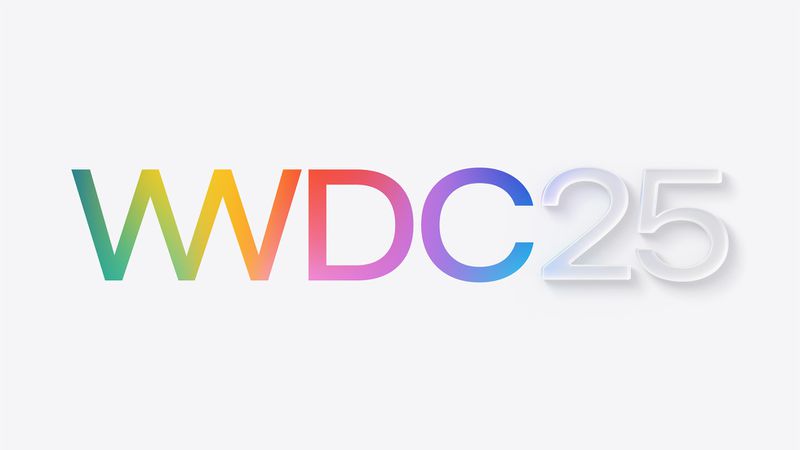Apple has released new software updates to improve the user experience for both iPhone and Mac users.
First, iOS 17.4.1 and iPadOS 17.4.1 now come with a fix for a wireless CarPlay issue. Some users were facing problems with wireless connections, especially in certain car models. With this update, Apple has addressed the problem, making wireless CarPlay more reliable. If your car supports wireless CarPlay and you’ve had issues recently, updating to the latest version should help.
At the same time, Apple also released Safari Technology Preview 217. This version is designed for developers and users who want to test upcoming web features before they’re added to the regular Safari browser. The update includes improvements in areas like performance, web animations, CSS, and more. It’s built on the Safari 17 engine, which means it works with macOS Ventura and macOS Sonoma.
Safari Technology Preview is useful for those who want to explore new web technologies and give feedback. It can run alongside the regular Safari browser, so there’s no need to replace your main browser to try it out.
Both updates show Apple’s continued focus on fixing issues and improving features across its ecosystem. Whether you use an iPhone in the car or test websites on a Mac, these updates aim to make your experience smoother and more reliable.





